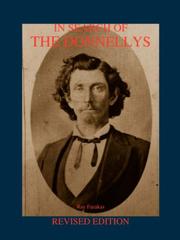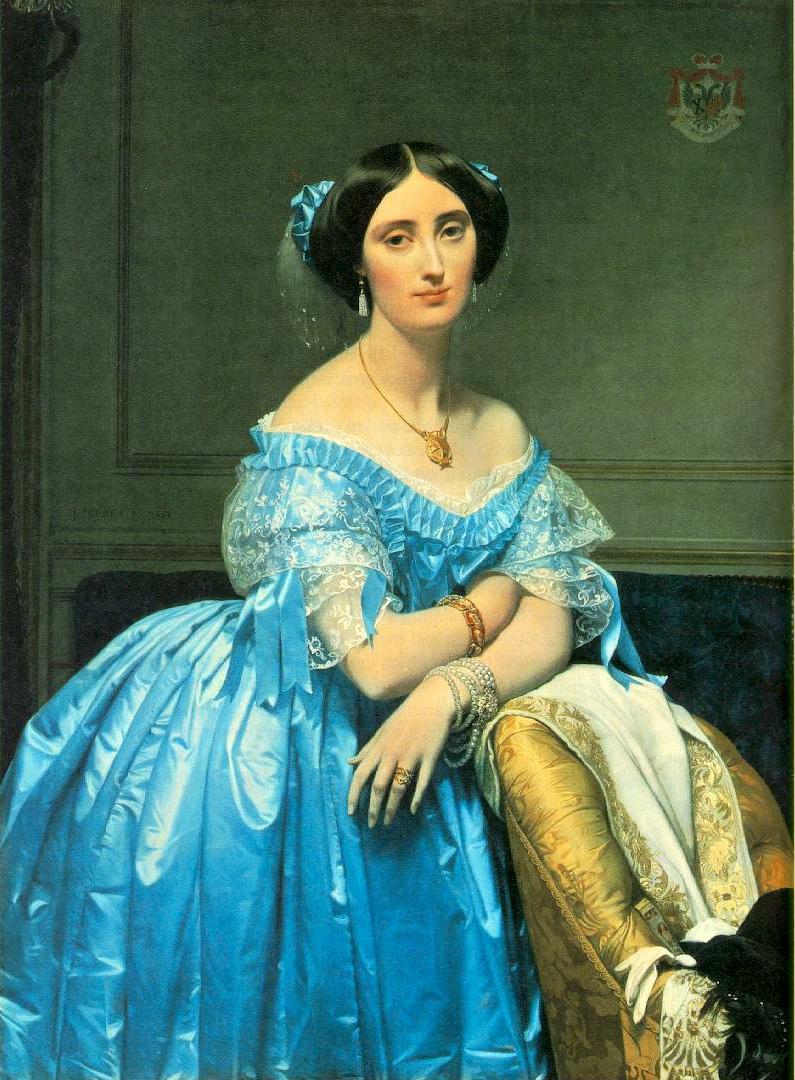The sestina, which originated in France, is an unrhymed form of poetry. The poem is six stanzas long with each stanza containing six lines; a three line envoy completes the poem. Just as every line of a pantoum is repeated later in the poem, the final word of each line of a sestina is repeated later in the poem. Once again, patterning comes into play. Here is the pattern of the words in a sestina:
123456
615243
364125
532614
451362
246531
(62) (14) (53)
The first of the undecoded messages read: "Popeye sits in thunder,
Unthought of from that shoebox of an apartment,
From livid curtain's hue, a tangram emerges: a country."
Meanwhile the Sea Hag was relaxing on a green couch: "How pleasant
To spend one's vacation en la casa de Popeye," she scratched
Her cleft chin's solitary hair. She remembered spinach."
And was going to ask Wimpy if he had bought any spinach
"My love," he intercepted, "the plains are decked out in thunder
Today and it shall be as you wish." He scratched
The part of his head under his hat. The apartment
Seemed to grow smaller. "But what if no pleasant
Inspiration plunge us now to the stars? For this is my country."
Suddenly they remembered how it was cheaper in the country.
Wimpy was thoughtfully cutting open a number two can of spinach
When the door opened and Swee'pea crept in. "How pleasant!"
But Swee'pea looked morose. A note was pinned to his bib. "Thunder
And tears are unveiling," it read. "Henceforth shall Popeye's apartment
Be but remembered space, toxic but salubrious, whole or scratched."
Olive came hurtling through the window; it's geraniums
Scratched her long thigh. "I have news!" she gasped. "Popeye, as you know, forced to flee the
country
One musty gusty evening by schemes of his wizened duplicate father, jealous of
the apartment
And all that it contains, myself and spinach
In particular, heaves bolts of loving thunder
At his own astonished becoming, rupturing the pleasant.
Arpeggio of our years. No more shall pleasant
Rays of the sun refresh your sense of growing old, nor the scratched
Tree trunks and mossy foliage, only immaculate darkness and thunder."
She grabbed Swee'pea. "I'm taking the brat to the country."
"But you can't do that. He hasn't even finished his spinach,"
Urged the Sea Hag looking fearfully around the apartment.
But Olive was already out of earshot. Now the apartment
Succumbed to a strange new hush. "Actually, it's quite pleasant
Here," thought the Sea Hag. "If this is all we need fear from spinach
Then I don't mind so much. Perhaps we could invite Alice the Goon over" -- she scratched
One dug pensively -- "but Wimpy is such a country
Bumpkin, always burping like that." Minute at first, the thunder
Soon filled the apartment. It was domestic thunder
The colour of spinach. Popeye chuckled and scratched
His balls. It sure was pleasant to spend a day in the country."






